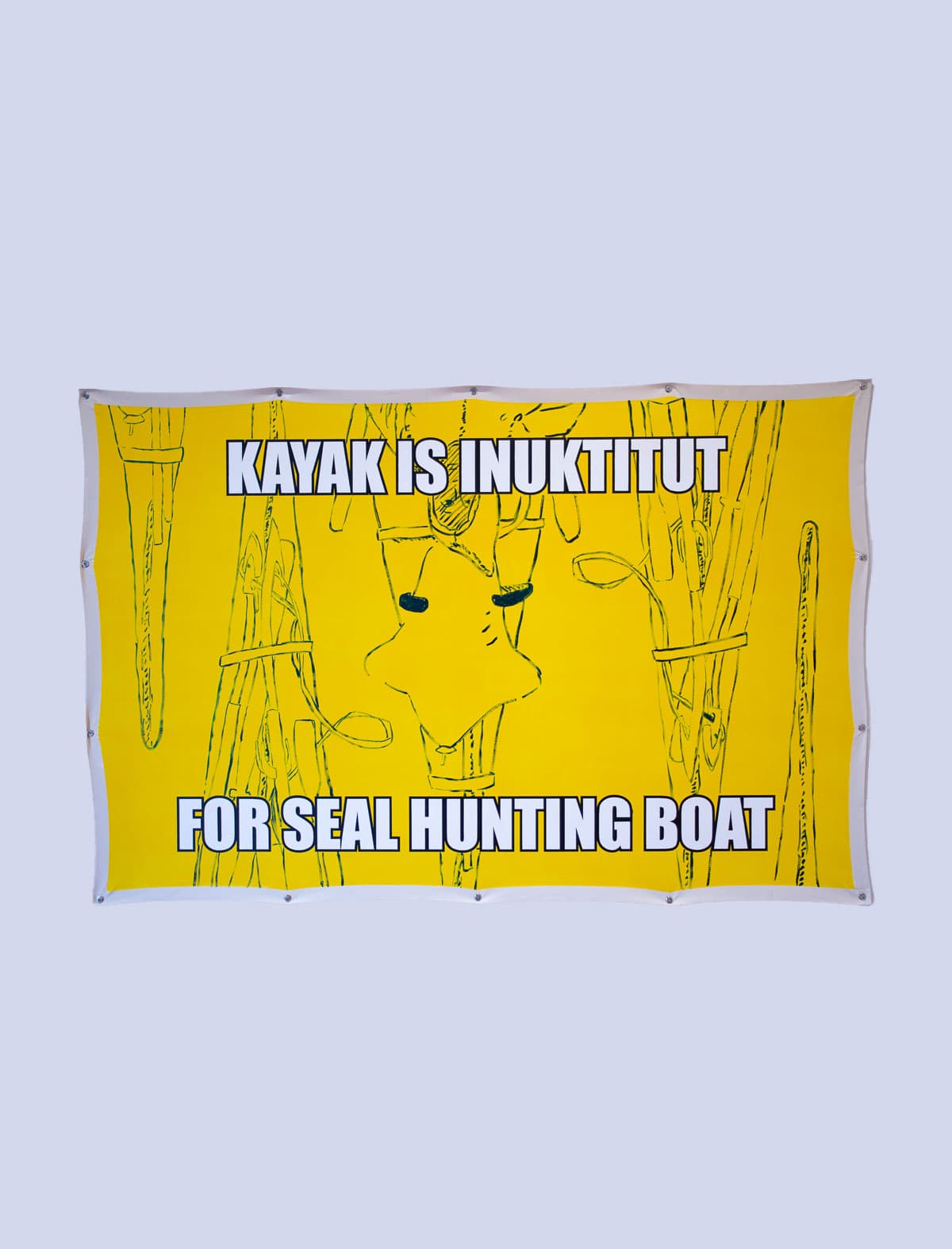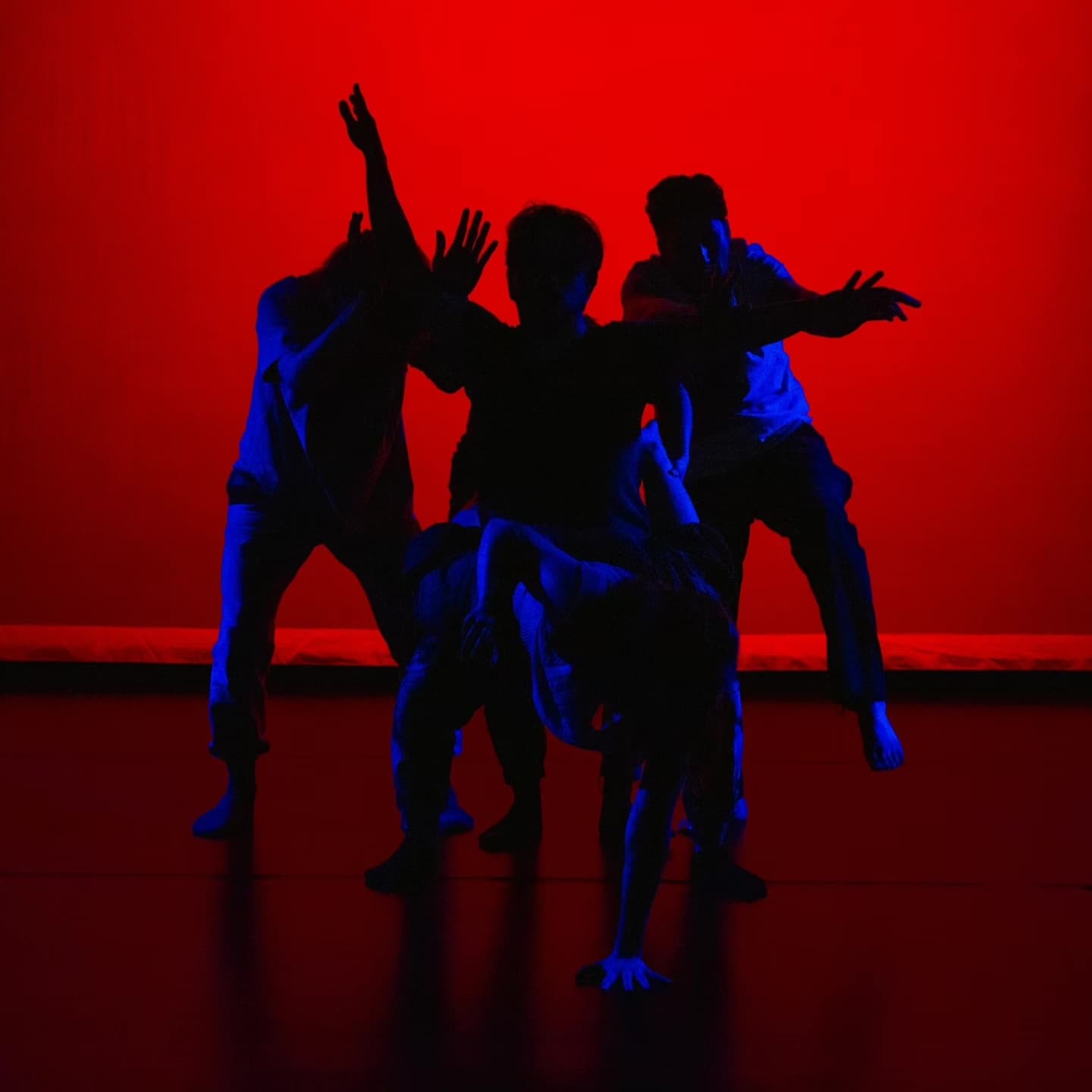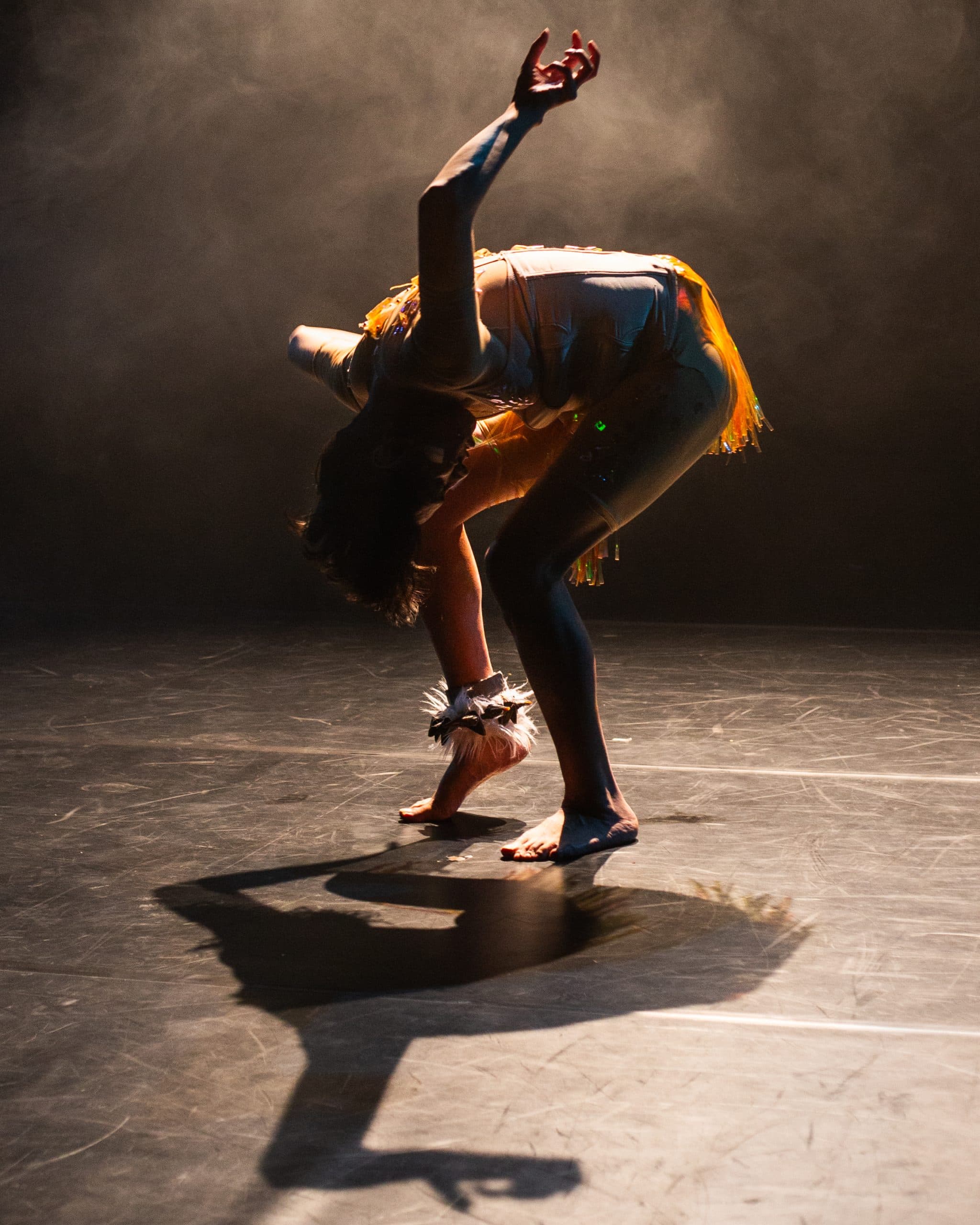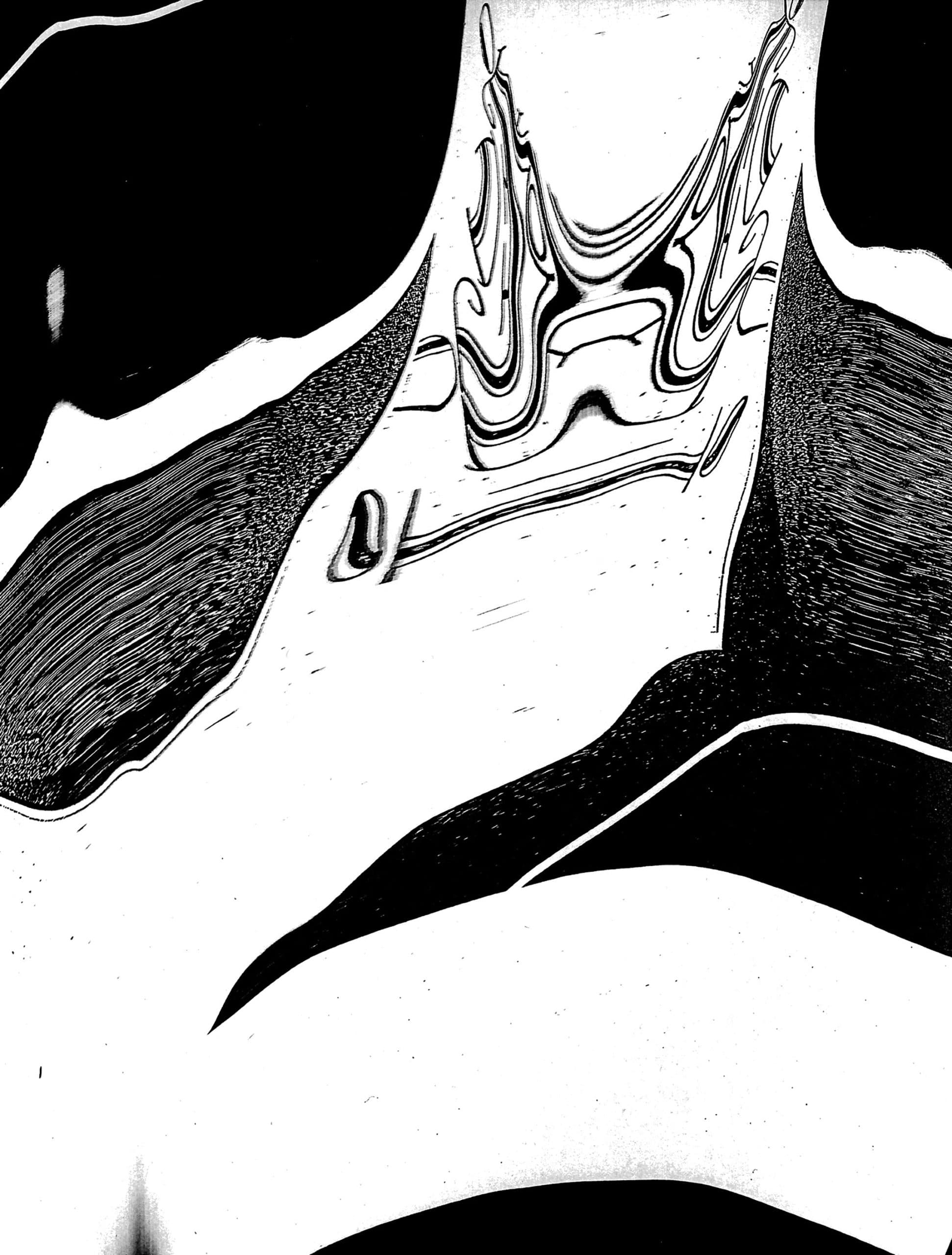
Editor's Note
When the editorial team first came together to decide on this issue’s theme, it was the contorting of our bodies to enter places designed to keep us out that unlocked the language of posturing. A kind of mimicry of dominant culture that betrays ourselves in order to deceive the institutional triggers that would alarm our trespassing; a casual case in alter-identity fraud.
But upon further conversation—on secrecy as protection, manipulation as a means of temporary camouflage, shapeshifting as a kind of necessary magic—posturing evolved as a strategic brilliance. Selling out is an irreversible act, which, unlike posturing, can betray one’s entire community for personal gain. The beauty of posturing is that it is brief, granting one the ability to breach into spaces and move diagonally in a vertically-versed world—all while protecting the deep, ancestral and unseen.
Clovis Desvarieux notes this in conversation with CP Simonise and Vivardy Boursiquot, facilitated by James Oscar: the ability to posture through the colonial world today comes from a “lineage of resistance.” In a revolutionary understanding, posturing is the ability to infiltrate spaces for survival without giving away one’s coordinates for liberation.
What emerges from discussions of Waawaashkeshiwag Wabano by Nova Courchene and Dr. Alex Wilson, and Eco-Somatic Drag by Benoît Lachambre and Ricardo Rubio, is that: posturing as a method of bringing the body between portals is not limited to transporting the cultural or spiritual through institutional thresholds. Posturing allows us through non-human doorways to meet the deer or the jaguar. As a ritual, one can make the human an effigy to connect with the biome.
Reunderstanding posturing as a skillful choreography of moving in ways that maintain ourselves turns humour into the most intricate spell, as this issue’s cover artist reveals. In Kayak Is Inuktitut for Seal Hunting Boat (2019), Mark Igloriote reclaims movement back into this Inuit water technology by relating it back to its Indigenous contexts. Here, a meme postures as an acrylic painting, making its way across galleries and other white walled institutions. In its comedic form, it keeps white fragility intact. All while de-objectifying the museum-like fervor to strip the kayak from purpose as part of Inuit way of life and being.
Like the meme, it is this very quality of the deeply unserious that encourages the NPC as a non-hero of our time, as Robert Bolton explores. In this case, the body borrows the “kinetic limits of computer graphics” and offers relief to the corporeal mass weighted by the state of the world.
It is my hope that this issue wakes movement in you, offers quiet instructions on how one might navigate through worlds and reflects a glimpse of yourself in someone else’s laugh. What is clear to me is that maintaining composure, civility and calm through the on-going genocide, climate catastrophe and imperial collapse is a kind of madness; a psychopathy. It is the erratic, unpredictable and eruptive within us that will free us all.
May we posture under high surveillance and remain undetected in our work.
Romila Barryman
Guest Editor
Cover Artist: Mark Igloriote











